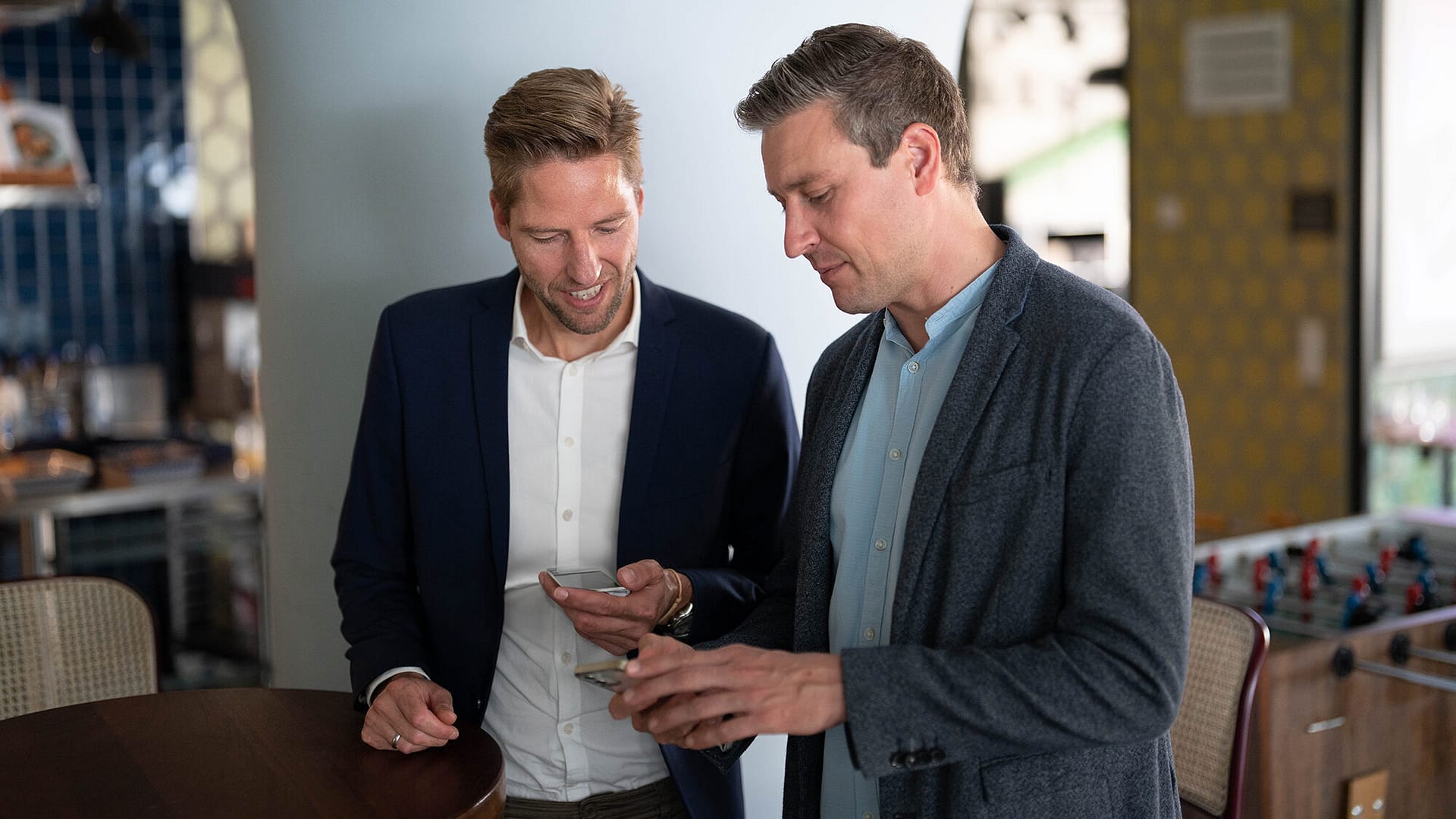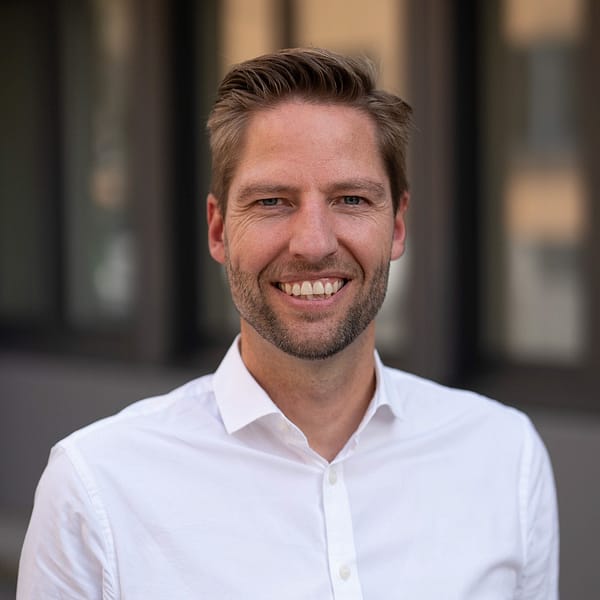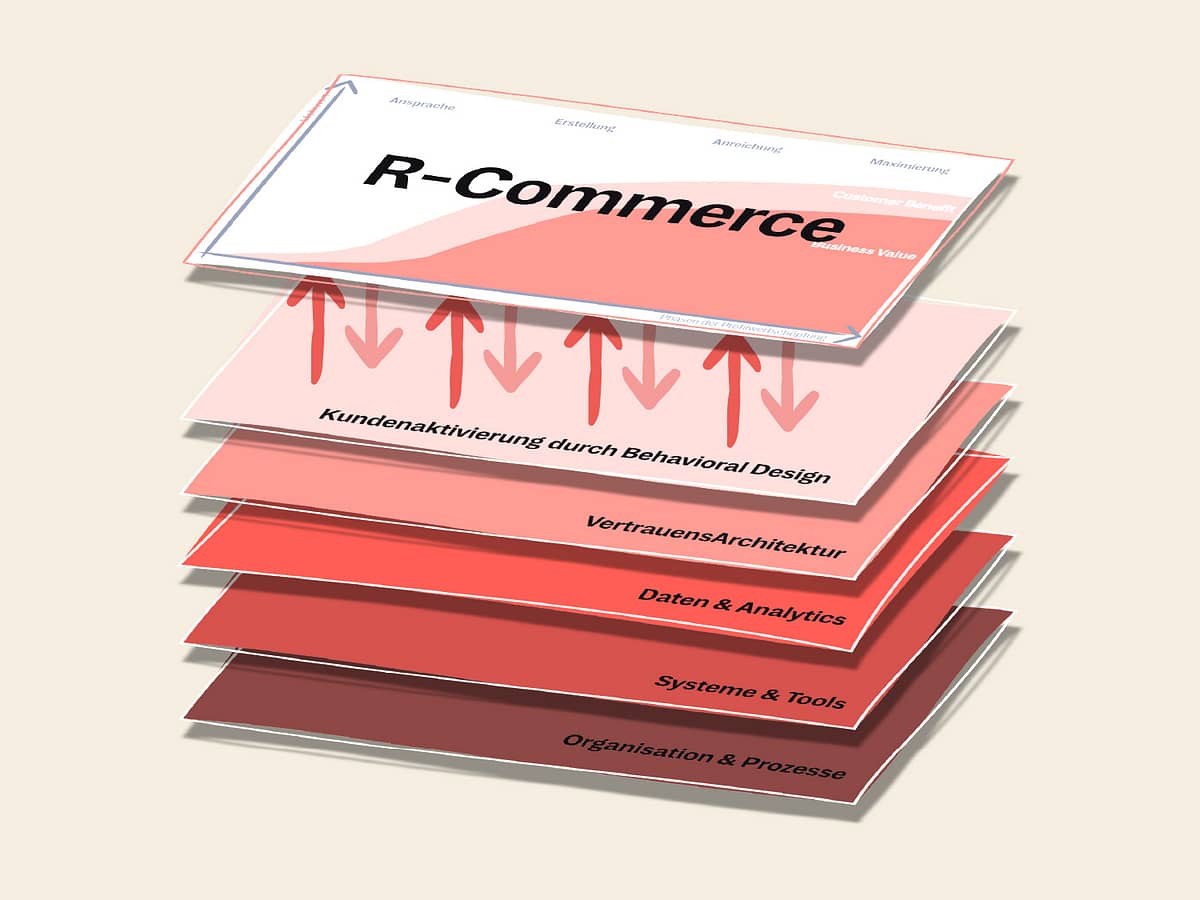Organizational Development
Solving the strategy implementation gap through capability building
To achieve sustainable digital success, it is important to utilise the right skills, processes and tools and to empower your teams. We accompany you on the way to your organization with future potential.

Capability Building
Which capabilities does your organization need to develop its full potential?
To be successful, a company must have the necessary skills and competences to overcome challenges and adapt to change. The targeted development of these skills enables a company to remain flexible and agile and to respond to dynamic market conditions.
Where are the right capabilities becoming increasingly important?
The building of capabilities starts where your organization stands.
STep 1
„Do the right things“: capability mapping based on strategic goals
Which capabilities are essential for the organization to achieve its strategic goals?
STep 2
„Close the gaps“: gap analysis and action planning
Which roles, processes and tools fit the defined capability?
STep 3
„Do the right things“: operational implementation to build the capability
What are the right measures to build capabilities?
STep 4
„Always one step ahead“: long-term safeguarding and optimization
How can we monitor the success of capability building and optimize capabilities iteratively?
Further methods & frameworks
We also utilize these methods & frameworks
- Identify the most important problems with design thinking and other user-centred working methods
-
The ability to identify the central problems of a company is crucial in order to develop effective solutions that meet the needs of customers. We introduce your employees to user-centred working methods such as design thinking and behavioural design and provide hands-on support in your project. Because at the end of the day, it is the customers who determine the success of the company with their decisions. This is only possible if all employees pull in the same direction.
- First things first: prioritising capabilities according to business value
-
Prioritizing corporate objectives according to their business value is crucial to ensure that resources are used efficiently and that the greatest possible value is created. By focussing on the most important objectives, companies can ensure that they achieve their strategic plans and secure long-term success.
- Target operating model (TOM): Ensure continuous implementation and cooperation
-
Together with your team, we derive recommendations on which roles & skills, which processes & methods and which tools can help you to implement the defined capabilities sustainably. An effective target operating model is crucial for the successful implementation of the corporate strategy and cooperation between different areas. By continuously reviewing and optimising the TOM, we can ensure that you achieve your goals and secure long-term success.
- Trust architecture: systematically building more trust in the company
-
Trust in the skills and expertise of employees and the integrity of management form the basis for your company’s success. We help to systematically develop trust among each other and from the customer’s perspective in the brand and company and to implement solutions. Using the 10 dimensions of the “Trust Architecture” methodology developed by Prof. Dr Eric Eller, we analyse your current level of trust together — perhaps even with the author of the book himself. On this basis, we develop new forms of cooperation and a customer-centred attitude that promote commitment, mutual responsibility, goal orientation and a sense of purpose.
Together we will find the right building blocks for your digital success.
In One Sentence
Organizations are also just people.
We firmly believe that building capabilities is the key to sustainable solutions for our customers. Our focus is not only on solving problems, but also on strengthening our customers’ capabilities and resources so that they are successful in the long term. With our holistic approach to capability building, we create the basis for bridging the gap between strategy and implementation.




